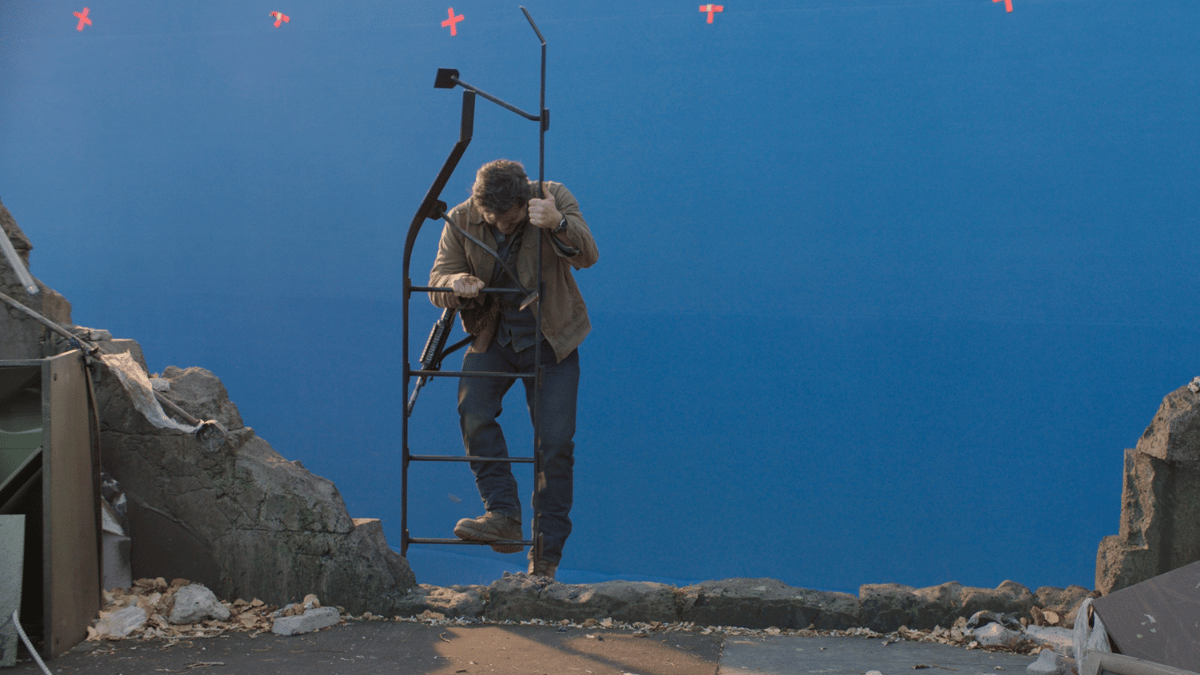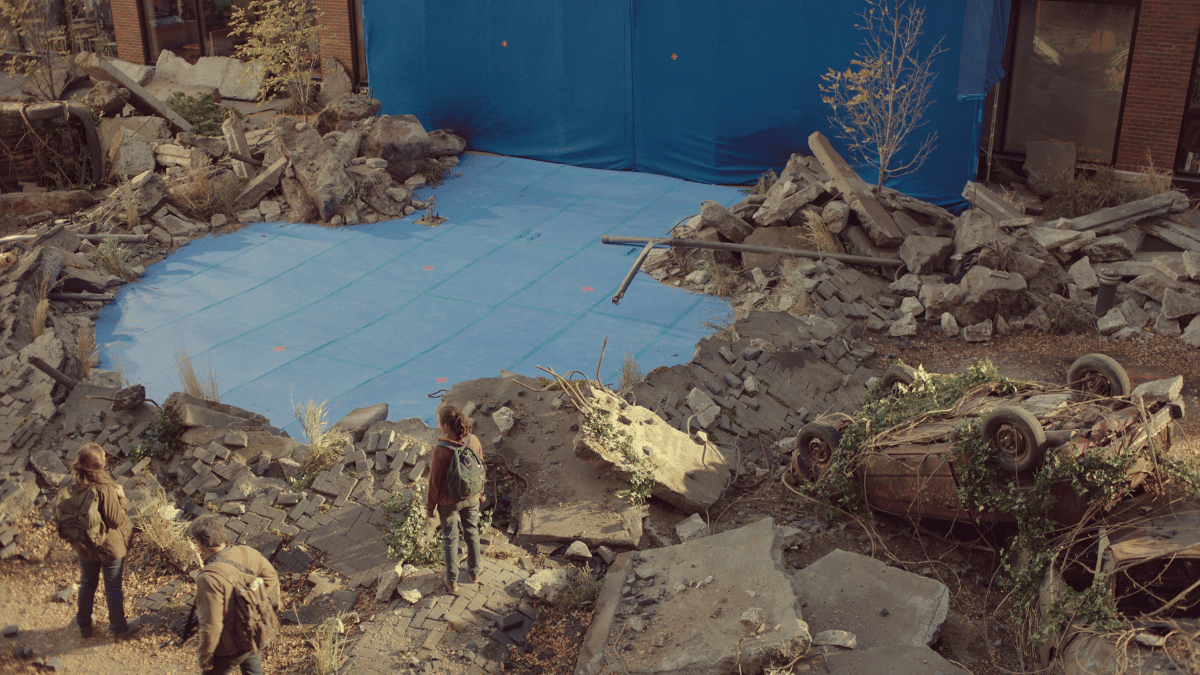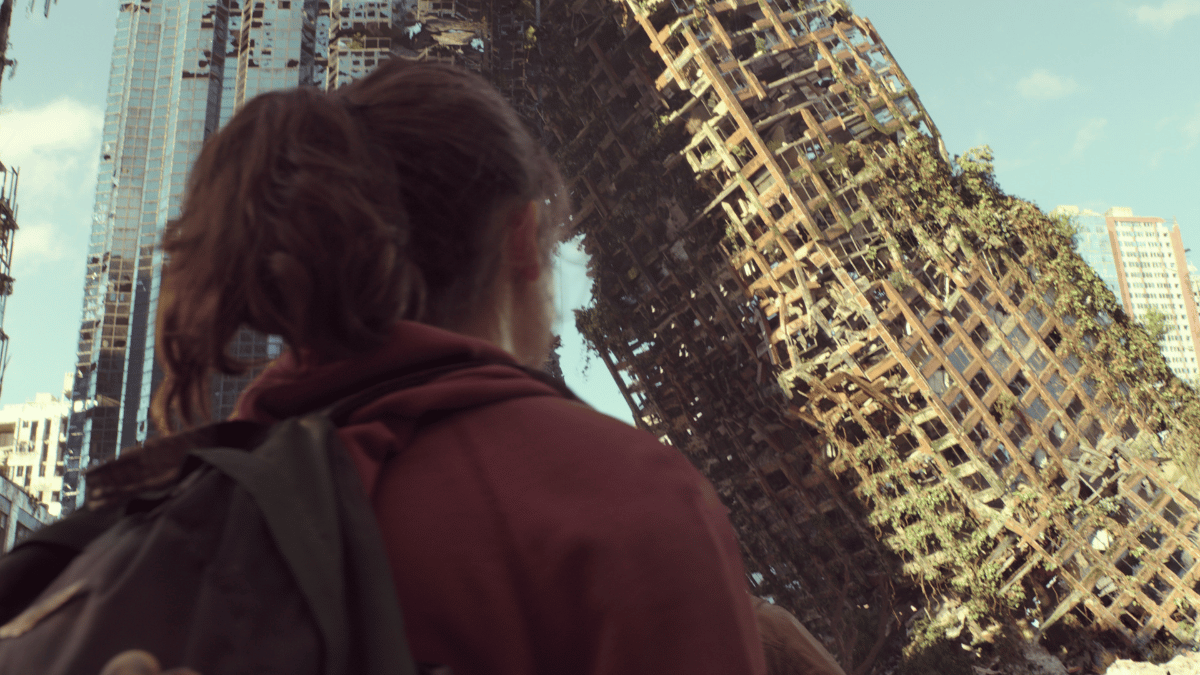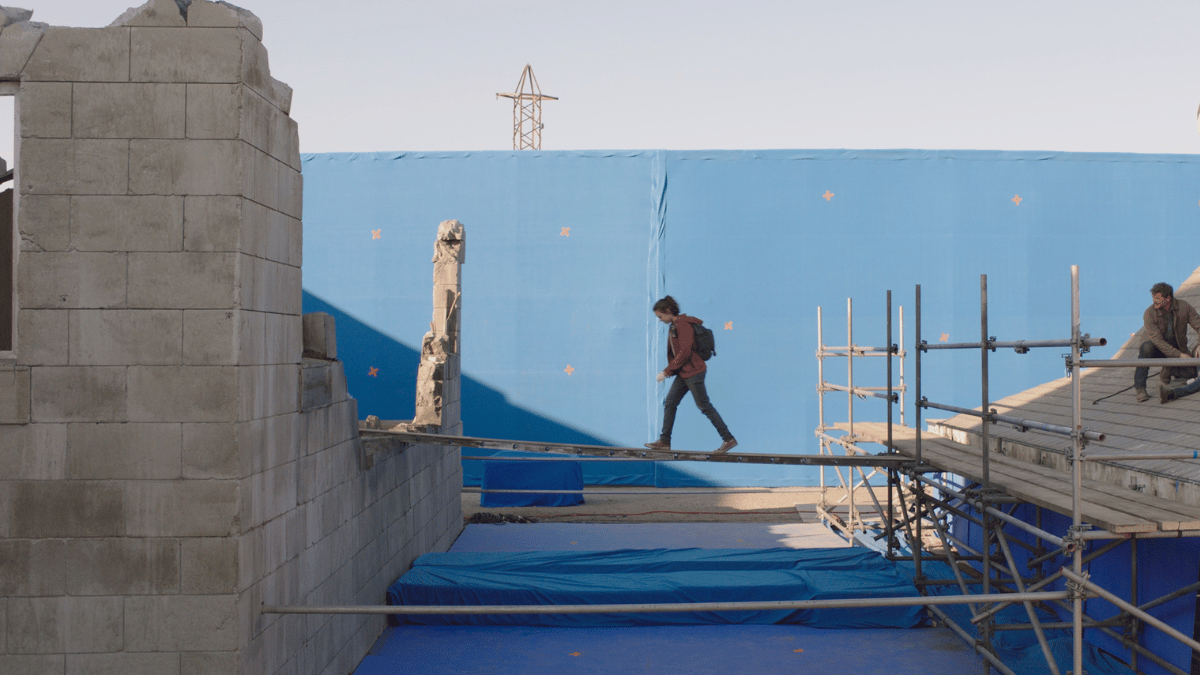Many people from all over the world pitched in to help Naughty Dog’s 2013 video game The Last of Us cross over from the video game medium and into live-action. With the first season of the hit adaptation in the rear-view mirror, it’s pretty safe to say they all knocked it out of the park.
One such team that helped breathe life into the post-apocalyptic world is visual effects production studio DNEG. While many different VFX houses helped put all of the puzzle pieces together to bring the bleak yet beautiful world to life, DNEG was tasked with the critical responsibility of giving the cityscapes throughout the series their post-apocalyptic makeover, while preserving the look and feel of the source material, as well as the real-world locations.
Following The Last of Us season one finale, We Got This Covered had the opportunity to speak with two of the minds at DNEG who oversaw the studio’s work in carrying out this gargantuan task – Stephen James and Nick Marshall, who were DNEG’s VFX and DFX supervisors on HBO’s The Last of Us, respectively.
Approaching the task as fans of the game, Marshall says there were “equal parts pressure and excitement” when it came to lovingly recreating the environments from the source material while translating them into the live-action medium. He noted that the DNEG team’s enthusiasm for the series only continued to grow as early cuts of the show started to come through.
SJ: “We constantly were referencing the game for [Naughty Dog’s] concept work, their style, their lighting, composition, you know, so taking inspiration from all these things. You then have to kind of just balance that between that initial, iconic look from the games with where we need to take it to fit into the medium of the show, and the style of the show.”

Realizing Boston and Kansas City as they would look 20 years after an apocalypse was a task that DNEG approached with surgical precision, with the company having boots on the ground in order to capture as much data about the real-world locations as possible.
Reference materials captured by way of rooftop images, drone scanning, and photography all helped the team create robust datasets to work with and realize these locations as they would look when abandoned by society at large. DNEG captured minutia down to the wall thickness level in buildings to accurately represent the destruction of these cities and architectural landmarks.
The destruction in itself presented a unique challenge for the studio, which has previously handled the likes of Stranger Things, Pacific Rim Uprising, and Doctor Who. Stephen James notes that “effects teams are really good at blowing stuff up and collapsing buildings, but it’s definitely more challenging to create a realistic end state that gives us the weight and detail of a collapse.”
Procedural generation helped DNEG create the initial look, but that was only the beginning of the process:
SJ: “We would have to go in and really dress in an extreme amount of detail to give us the final realism. So that could be anything from broken away tiles on the exterior of a building that reveals plaster and underlying concrete. Cables inside the walls, plastic shredded, you know, on the interior foundation.”
NM: “We did a lot of manual painting of destruction. The overpass sequence, for example, where we’re surrounded by a lot of very distant buildings, a lot of that detail could just be kind of painted in and sit there as paintings in the background. So that helped us a lot too, and was another sort of pass that we could apply over the top of our final CG if we needed to just add a few extra little details, if you wanted to really add direct a couple of little cracks, or some mossy buildup or algae growth or something that had just developed over time on that kind of final end state.”

After all was said and done with the destruction of the cities, there was the matter of nature taking back these environments long after the world had ended, and the hallmark ivy and vegetation that bloomed in the years since the outbreak. Stephen and Nick dive into deep detail about making this vegetation as realistic as possible, which again starts with the use of procedural techniques.
SJ: “When it comes to the procedural aspects of it, I think the thing that people don’t understand still, it’s really artist driven and design driven. We have these tools available to the team, but it really comes down to the environment artist to guide the flow of the vegetation, figure out the composition, where it’s coming from. A great deal of care was put into making sure that the vegetation is growing, where the sun would hit. Maybe it’s on one side of the building, and then there’s underlying layers of dead growth, just layers and layers and layers of detail, with some kind of foundation based on where we think that it would actually grow, where the water might get into the building, for example.”
NM: “So with those procedural techniques, it would often be driven by sort of a set of initial guide curves that the artists would try and use to define that flow of growth. And then we’d use that to generate secondary growth. Particularly for our ivy setups, because it’s just so prevalent across the show, we built a lot of controls for being able to sort of drive dead growth that had living growth coming up, and growing over the top of it where, kind of, it feels like nature’s fighting for resources, like the natural light. So we would work with that and make sure that if there’s areas of vegetation that get really dense and heavy, that you get some dead growth underneath where everything’s affecting everything else.”

Beyond sunlight, exposure to water, and a host of other natural factors, DNEG also had to take into consideration details right down to the individual leaf placement and colors, as well as accounting for real-world set decorations in the foreground of the shots. Then, and perhaps most importantly, was making the environment breathe by simulating wind. These are all details that DNEG needed to heavily scrutinize, and for good reason:
NM: “We don’t get a lot of really big sweeping camera moves, you know, helicopter shots, that kind of thing. This was a story that was told from the character’s point of view and very much in a little bit more of a sort of semi documentary style. We see the environments being revealed through their points of view a lot of the time so we couldn’t hide behind these big sweeping camera moves and lots of motion blur. We had to make sure that if these relatively static, slightly shaky cameras, you could see all of that wind blowing through leaves, that had to go in the background too, you know? It was even more important to make sure that we had that in our CG.”
SJ: “I would recommend that anyone just go outside for a moment and just look at one bush or one piece of ivy. Just look at the way it grows, look at the underlying dead stuff, you’ll understand the kind of challenges we faced over the last year, because everywhere we go now, I think everyone on the team will never look at nature ever in the same way again. I think it’s just the endless detail and complexity and variation within just one piece of ivy that you see outside. We definitely obsessed quite a bit and hopefully it came through in the show.”
As for what DNEG is bringing its visual effects talents to next? Stephen and Nick weren’t at liberty to disclose exactly what they’re working on right now, but it’s a sequel, and “a big one.”
All nine episodes of HBO’s The Last of Us are now streaming on HBO Max, and you can catch DNEG’s portfolio of work on the hit series on their website.

